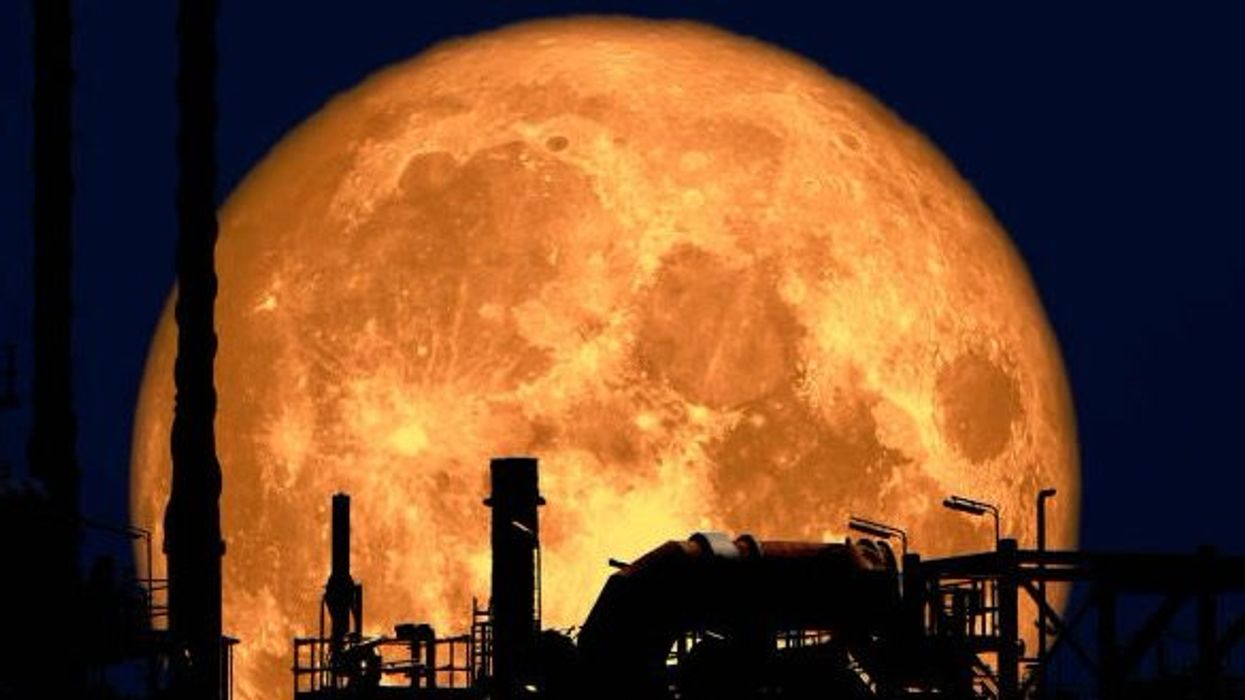Ellie Abraham
Oct 19, 2023
NASA Planning To Build Houses On The Moon By 2040
unbranded - Newsworthy / VideoElephant
A huge mass of heat-emitting rock has been found buried beneath the surface of the Moon.
The incredible discovery was made beneath one of the Moon’s craters, where a large mass of granite has slowly been releasing heat for years.
Experts know that the Moon used to have eruptions and lava fields flowing from it, but until now, they have never uncovered evidence that is reminiscent of Earth-like volcanoes, underneath which granite forms when magma cools and crystalises deep beneath the surface.
Now, that has changed after astronomers looked a bit more deeply at what lies beneath the Compton and Belkovich craters, located on the far side of the Moon.
There they came across a large piece of granite rock that is emitting heat. The discovery excited experts as granite is not commonly found outside of Earth.
Granite on the Moon was discovered using data from both Chinese and American lunar orbiters, and the information has revealed a whole new volcanic process never before witnessed.
In a statement, one of the lead researchers, Dr Matt Siegler, from the Planetary Science Institute, said: “Using an instrument looking at microwave wavelengths – longer than infrared – sent to the Moon on both the Chinese Chang’E 1 and 2 orbiters, we have been able to map temperatures below the surface.
“What we found was that one of these suspected volcanoes, known as Compton-Belkovich, was absolutely glowing at microwave wavelengths.”
He continued: “What this means is that it is hot, not necessarily at the surface, as you would see in infrared, but under the surface.
“The only way to explain this is from extra heat coming from somewhere below the feature within the deeper lunar crust. So Compton-Belkovich, thought to be a volcano, is also hiding a large heat source below it.”
Using the data, they believe the 12-mile wide dip makes up the caldera, or depression, of the ancient volcano, where the surface temperature is 10°C higher than the surrounding areas.
The volcano is thought to have last erupted 3.5 billion years ago and experts believe the heat that is emitting from the granite below is due to trapped radioactive material in the rock.
Sign up to our free Indy100 weekly newsletter
Have your say in our news democracy. Click the upvote icon at the top of the page to help raise this article through the indy100 rankings.
Top 100
The Conversation (0)














